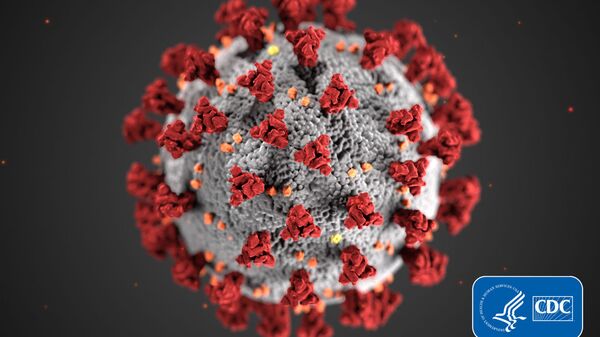Andrew Peele, program director at Melbourne’s Australian Synchrotron, told the AFP on Tuesday that scientists at the major research facility have begun using a particle accelerator to analyze proteins found in the novel coronavirus.
The program director explained that the accelerator acts as a microscope, allowing scientists to build atomic-level 3D maps of the protein molecules to see what drugs would theoretically bind to the COVID-19 virus and possibly treat or cure the disease.
"We shine the light on the proteins and the light that scatters off them tells us where every atom in the [COVID-19] protein molecule is," Peele said. "You need to know what the protein looks like so you can design a drug to attach to it.”
"It's like designing a key for a lock; you need to know the dimensions of the keyhole,” he added.
The program director revealed that scientists from around the world have shipped dozens of protein samples to the Australian Synchrotron for further inspection regarding their usefulness in treating or protecting against the contagious disease.
"Using our technology, within five minutes you can understand why a drug does or doesn't work in attaching to a COVID-19 protein," Peele said, comparing the procedure to a jigsaw puzzle.
Sputnik reported last week that the Murdoch Children’s Research Institute, some 26 miles northwest from the Australian Synchrotron, was preparing to begin a number of controlled clinical trials to explore the possible treatment of the novel coronavirus using the Bacillus Calmette-Guérin vaccine - commonly used to prevent tuberculosis.
As of this article’s publication, there have been more than 826,000 novel coronavirus cases reported worldwide. While 40,708 deaths across the world have been associated with COVID-19, countries have reported that at least 174,115 individuals diagnosed with the contagious disease have recovered.




